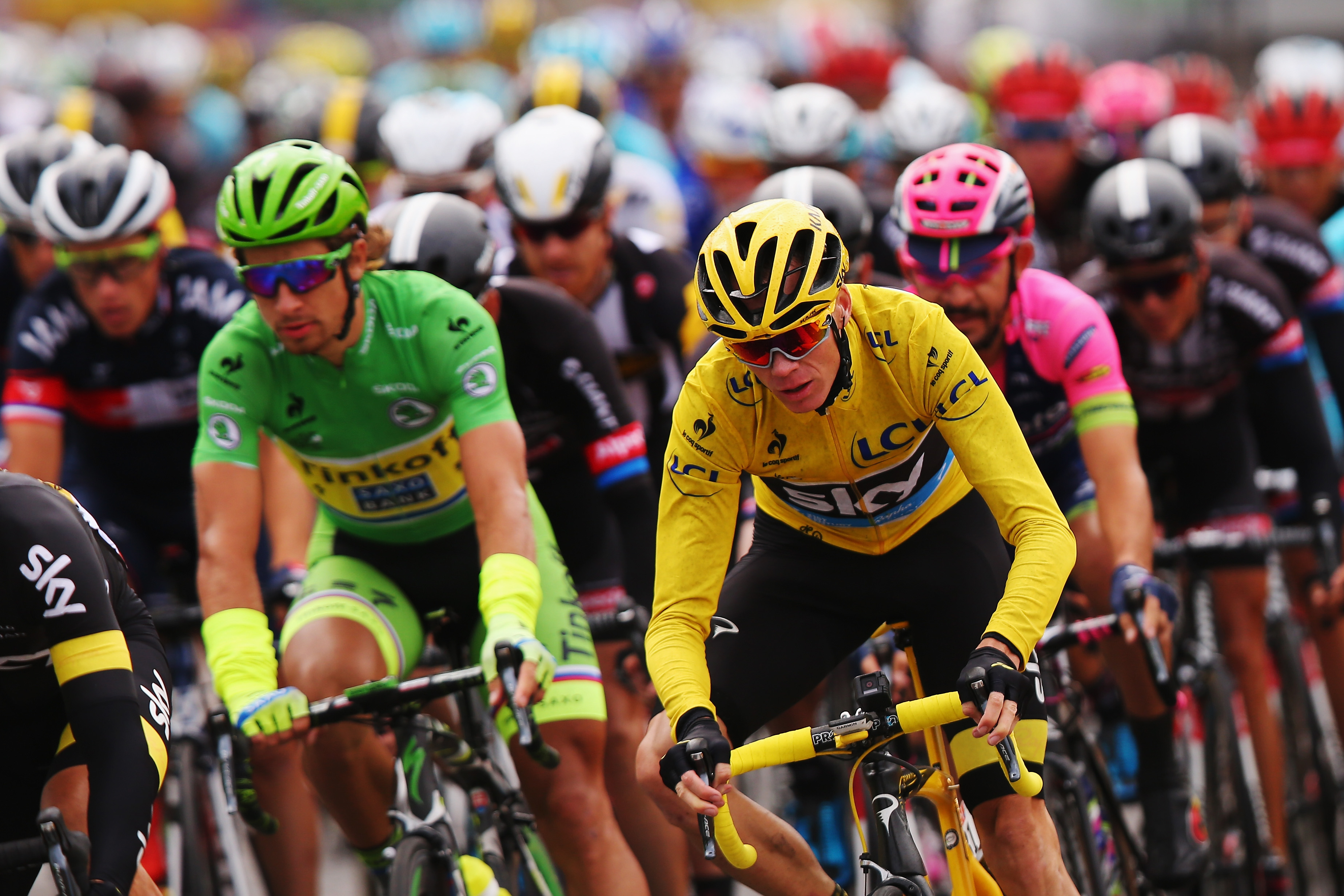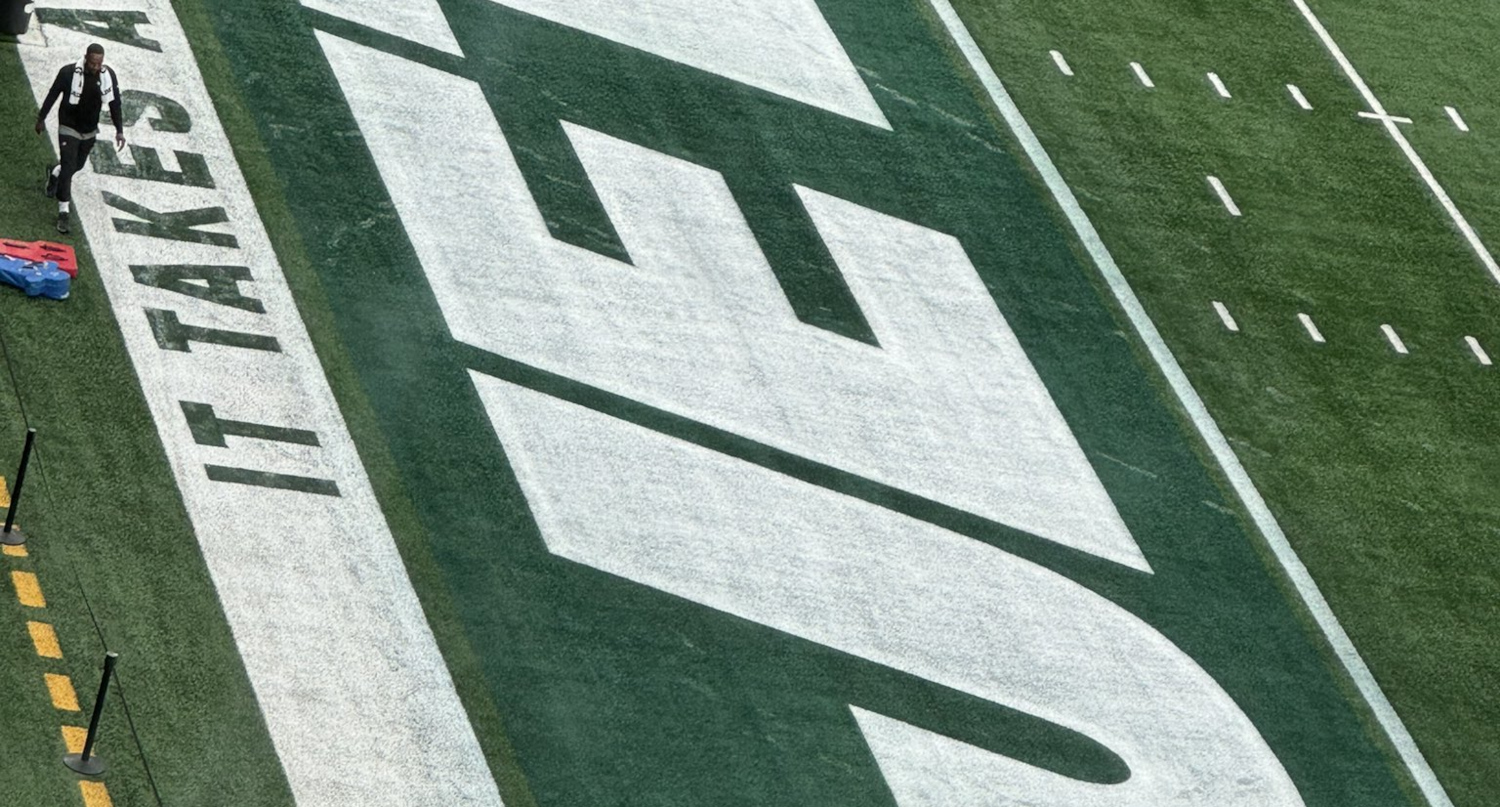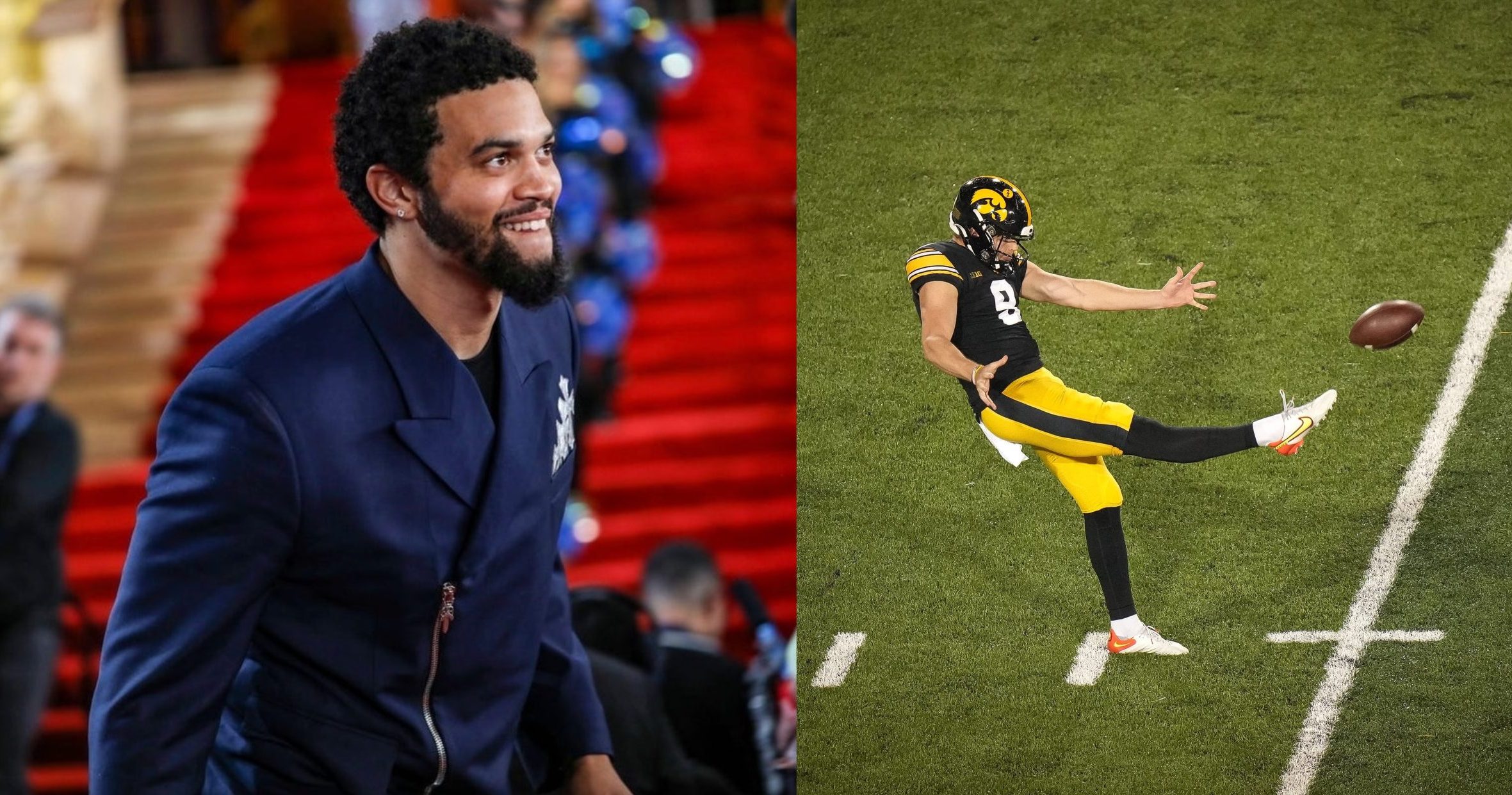The greatest and most prestigious cycling race is upon us. On Saturday, 198 riders on 22 teams will begin a hellacious 2,197 mile trek across the beautiful French countryside for the next 22 days.
NBCSN will have live coverage of the race over the next three weeks as the riders travel throughout the seaside to the mountains and ending up in Paris, riding down the Champs-Elysses. There is a lot to pay attention to and many things to watch out for so if you’re new to the sport or haven’t been reading up on what’s been happening in the sport of cycling in the lead up to the Tour de France, let us help.
The Riders
The consensus favorite to win the overall classification has to be Great Britain’s Chris Froome. The Team Sky leader has won the Tour in 2013 and 2015 and had a great chance at winning in 2014 if not for crashing in Stage 5 and getting injured. Those looking to unseat Froome at the top stop include 2014 champion Vicenzo Nibali, 2007 and 2009 winner Alberto Contador and mountain specialist Nairo Quintana.
If you’re looking for an American to root for who can potentially take the win, BMC Racing’s Tejay van Garderen will be the one to watch out for. Van Garderen fell ill during the 2015 race and had to abandon the race but he is back looking to get up of the top of the standings.
The French people will pin their hopes on FDJ’s Thibaut Pinot to win the overall classification. France hasn’t celebrated a Frenchman winning the Maillot Jaune (yellow jersey) since the legendary Bernard Hinault last won in 1985.
Sprinters will be going after the points classification and the green jersey. On non mountain and time trial stages, these will be the guys most likely to win the stages. Favorites include reigning four-time winner Peter Sagan, the speedy Mark Cavendish, Andre Greipel and Marcel Kittel.
The Stages
There are going to be some stages that will simply be can’t miss and required viewing because they could prove to be crucial in the final standings. Other stages will also be recommended due to the landmarks that the peloton passes.
Stage 1 will see the field start the race at Mont Saint Michel, an island that includes the legendary castle on that island that was built in the eighth century. The riders will travel north and finish at Utah Beach, the scene of the Battle of Normandy on D-Day in WWII. Stage 1 is important because since the Tour de France doesn’t start with a time trial, the person who wins this stage will automatically wear the yellow jersey and will be a big deal to those sprinters who cannot keep up in the mountains to mount a challenge for yellow.
Both time trials, in stages 13 and 18 will also prove to be a test for the riders. When riders finish together in the same group, they all get the same time. So if you finish 198th and actually finish a minute behind the winner of the stage but there was no gap in between you and the winner and the entire group took that long to finish, you get the same time as the winner regardless. That can prove to be difficult to catch up or pull away from other riders. Time trials are the only two days where a rider is solely on their own and is guaranteed to either gain or lose time on their rivals.
But the most important stage of the Tour de France will be stage 12 as the field will finish at the summit of the legendary Mont Ventoux on Bastille Day, the French holiday commemorating the storming of the Bastille in the French Revolution. At an elevation of 6,273 feet, the summit of Mont Ventoux is one of the highest and steepest peaks (up to 10% elevation grade) in all of France. It takes about an hour for an elite cyclist to travel the 13.5 mile climb up this mountain peak and the person who is able to win this stage, will be treated like a god throughout the French cycling world.
Stage 20, ending in Morzine will be the final opportunity for those trailing first place to try and take over the yellow jersey before entering Paris. Usually the final stage, stage 21, is a celebratory stage and generally agreed that no one breaks away and grab the win as the field races down the Champs-Elysses.
So there you have it. The 103rd Tour de France is bound to include exciting moments, close finishes, brutal crashes and controversy as well as the peculiar behavior by the fans. There will be fans on both sides of the road dressed like Borat, the devil (a staple in every mountain stage of the Tour de France), people wearing antlers and all else chasing after the riders as they slowly climb up the mountains of France.







